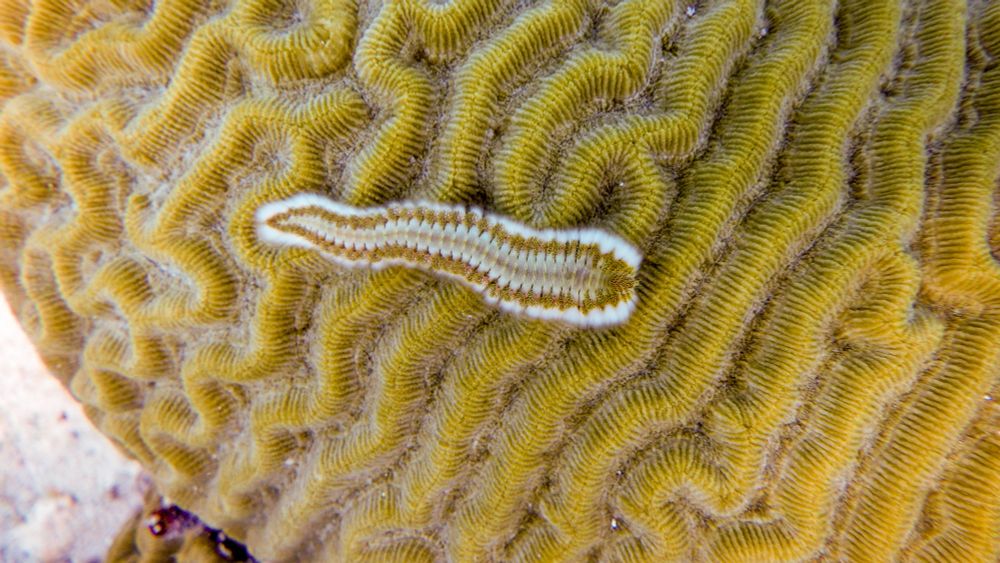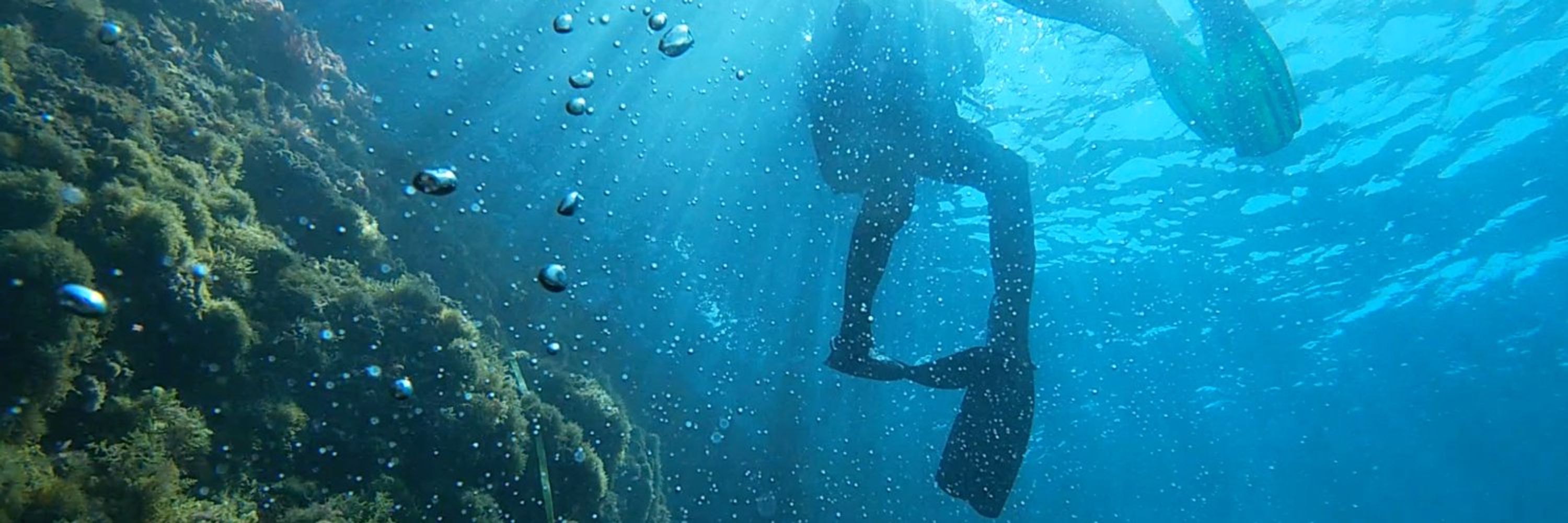
Studying coral holobionts 🪸🧬🦠🌊











Our new paper is out today in @commsbio.nature.com @natureportfolio.nature.com 🚨
🔗https://www.nature.com/articles/s42003-025-08524-8
We studied how two Mediterranean bryozoan species respond to ocean acidification & warming using a natural underwater CO₂ vent as a climate change lab. 🌊🧫
🧵⬇️
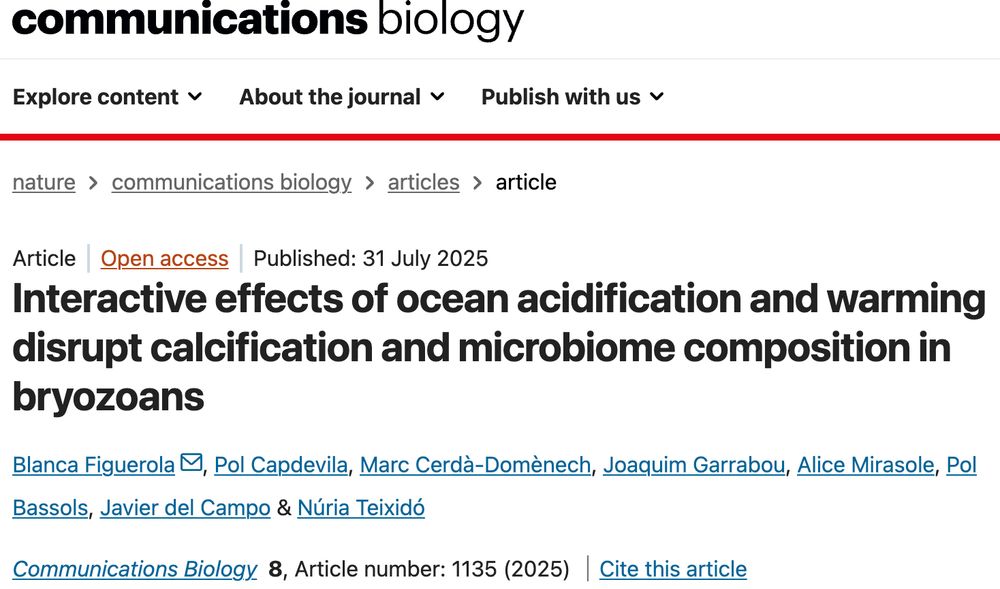
Our new paper is out today in @commsbio.nature.com @natureportfolio.nature.com 🚨
🔗https://www.nature.com/articles/s42003-025-08524-8
We studied how two Mediterranean bryozoan species respond to ocean acidification & warming using a natural underwater CO₂ vent as a climate change lab. 🌊🧫
🧵⬇️
doi.org/10.1016/j.cu... 🦠 🪱
📷 Yokouchi et al 2022
doi.org/10.1016/j.cu... 🦠 🪱
📷 Yokouchi et al 2022
📷 Yokouchi et al 2022
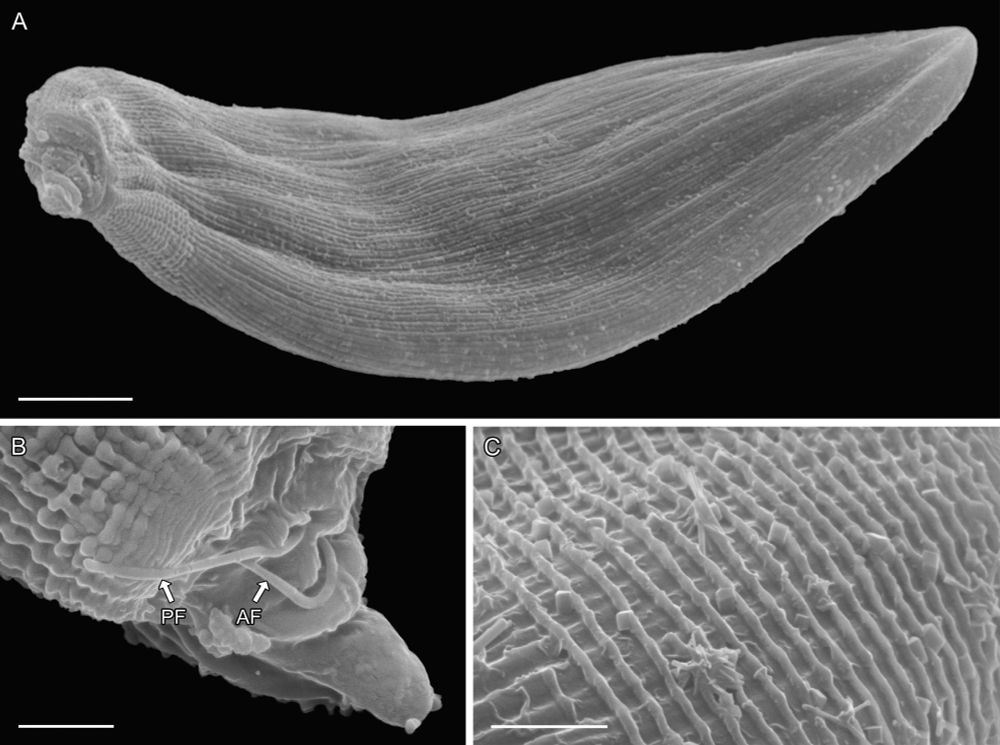
📷 Yokouchi et al 2022
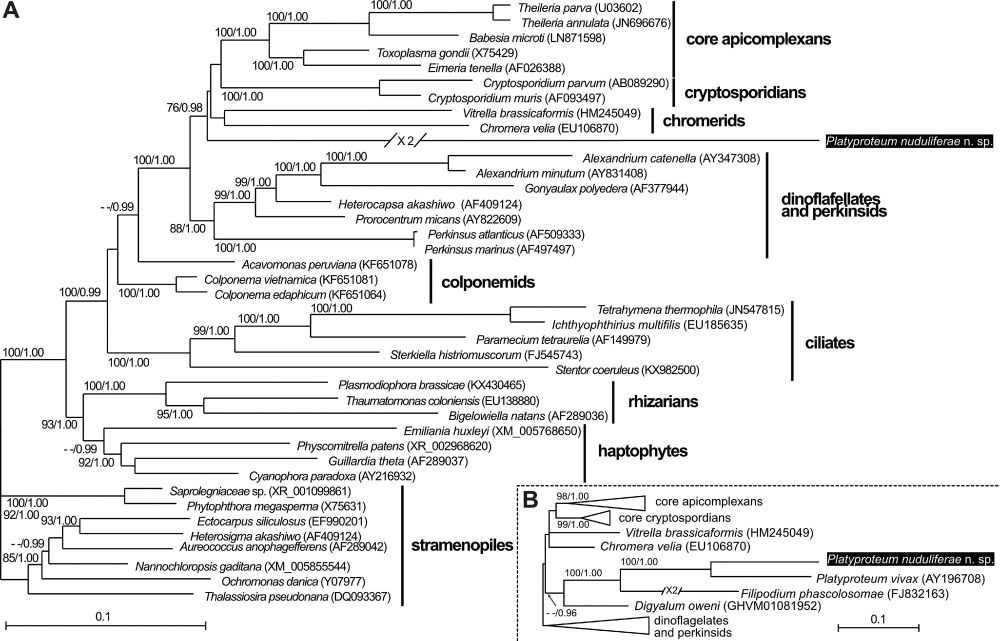
📷 Yokouchi et al 2022
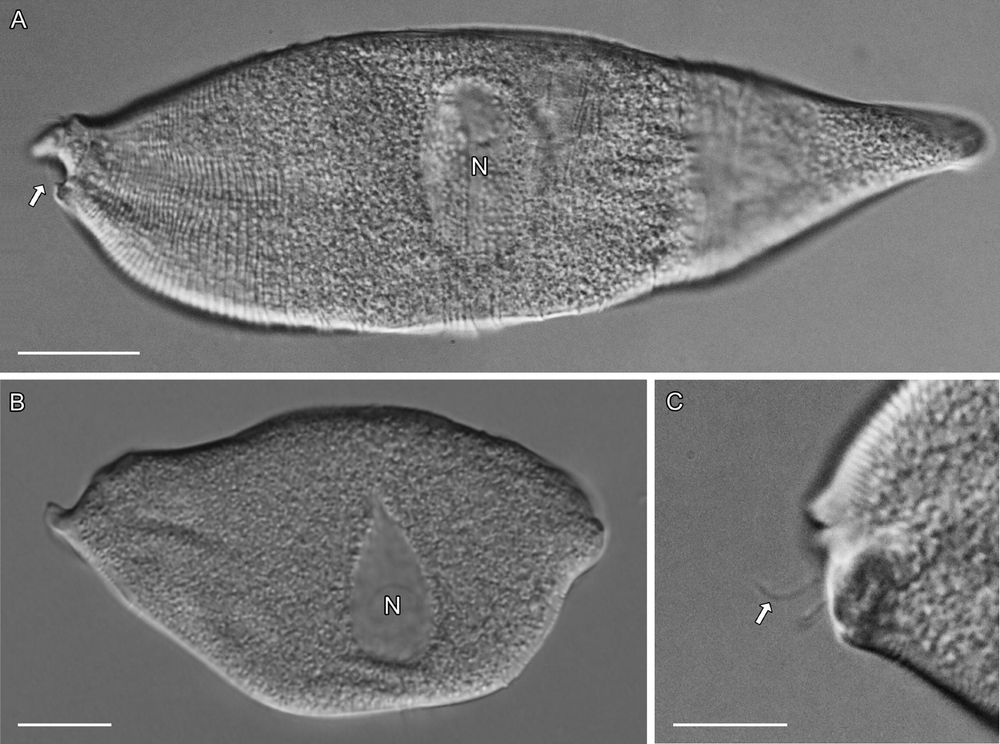
📷 Yokouchi et al 2022
I would like to thank my mentors (Ramon Massana, @multicellgenome.bsky.social, @pjkeelinglab.bsky.social) and my past and present students 🙏

@matteoagazzi.bsky.social and @rociomozo.bsky.social did a great job presenting their advances on their coral HMW and HiC data generation and Suessiales de novo transcriptomics projects🧬🤩
Keep it up folks!☺️
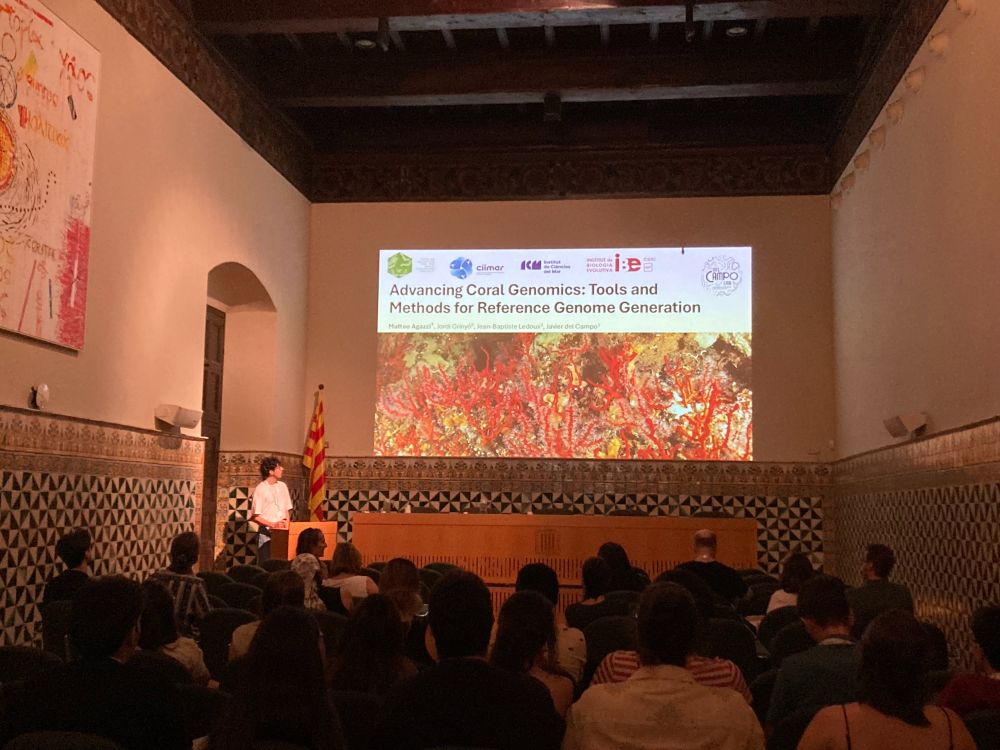
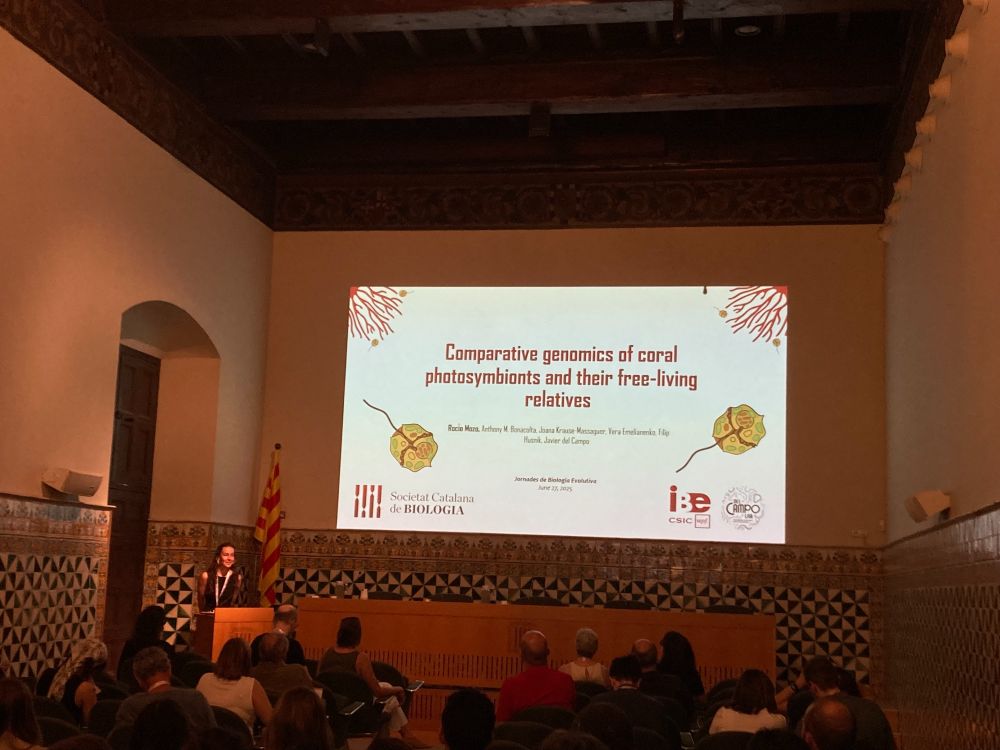

@matteoagazzi.bsky.social and @rociomozo.bsky.social did a great job presenting their advances on their coral HMW and HiC data generation and Suessiales de novo transcriptomics projects🧬🤩
Keep it up folks!☺️
Sea levels are high and dinosaurs rule the Earth… but we’re here for a different kind of dino.
This #MidweekMicrobe, meet the fossil dinoflagellate Desmocysta hadra!🦠 ⛏️

Sea levels are high and dinosaurs rule the Earth… but we’re here for a different kind of dino.
This #MidweekMicrobe, meet the fossil dinoflagellate Desmocysta hadra!🦠 ⛏️
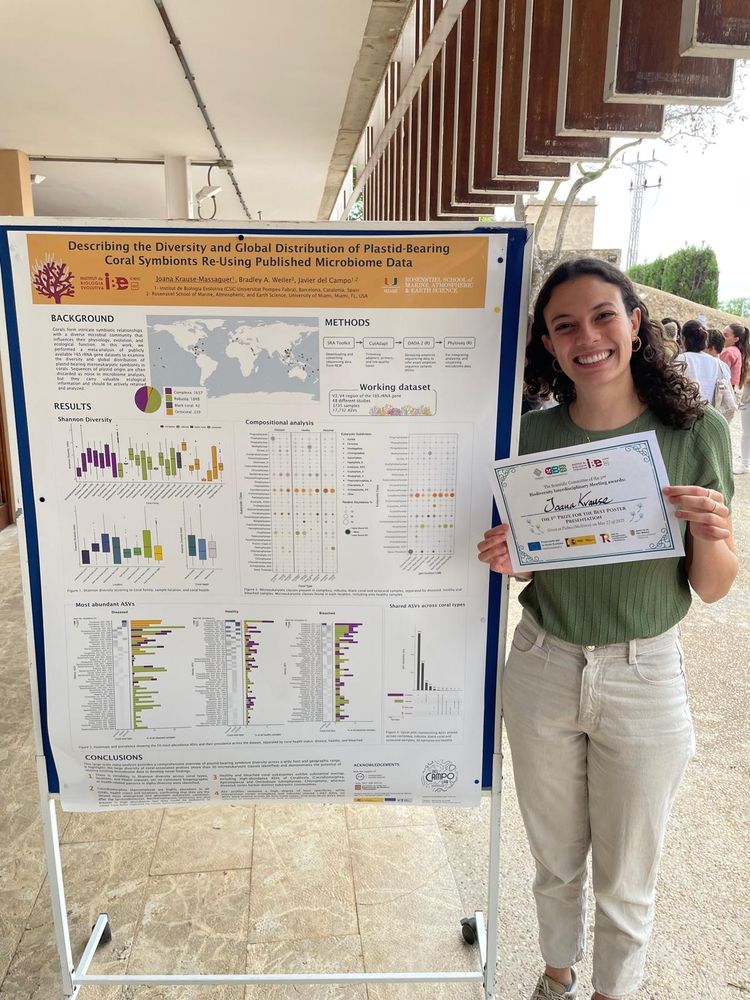
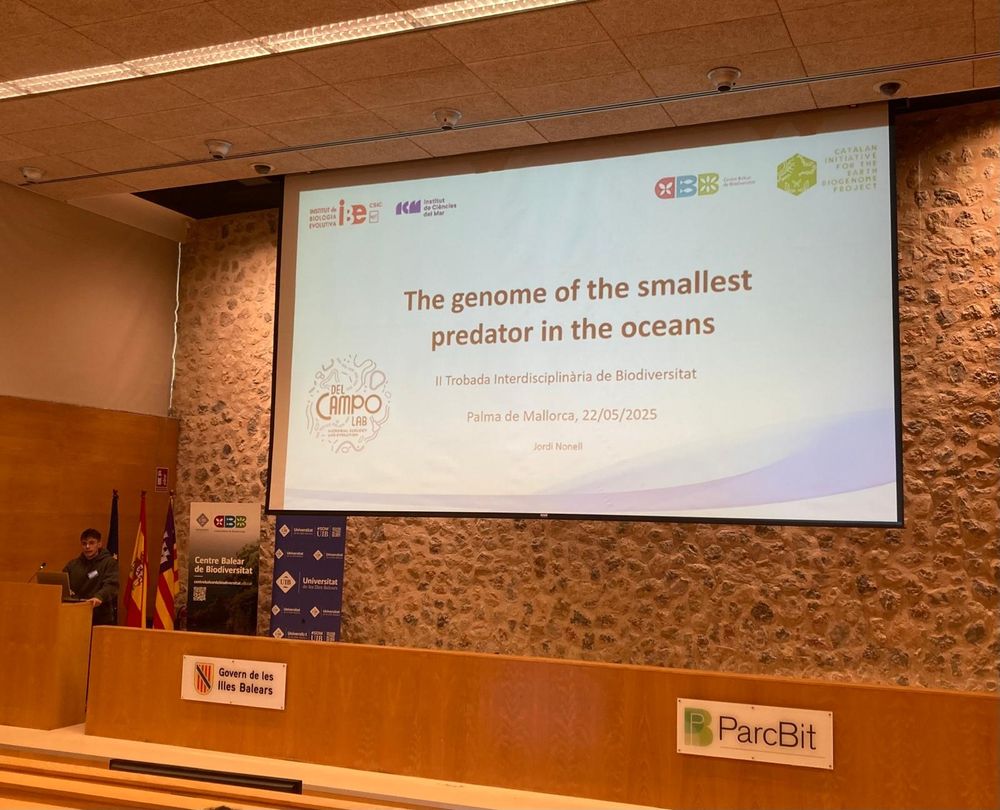


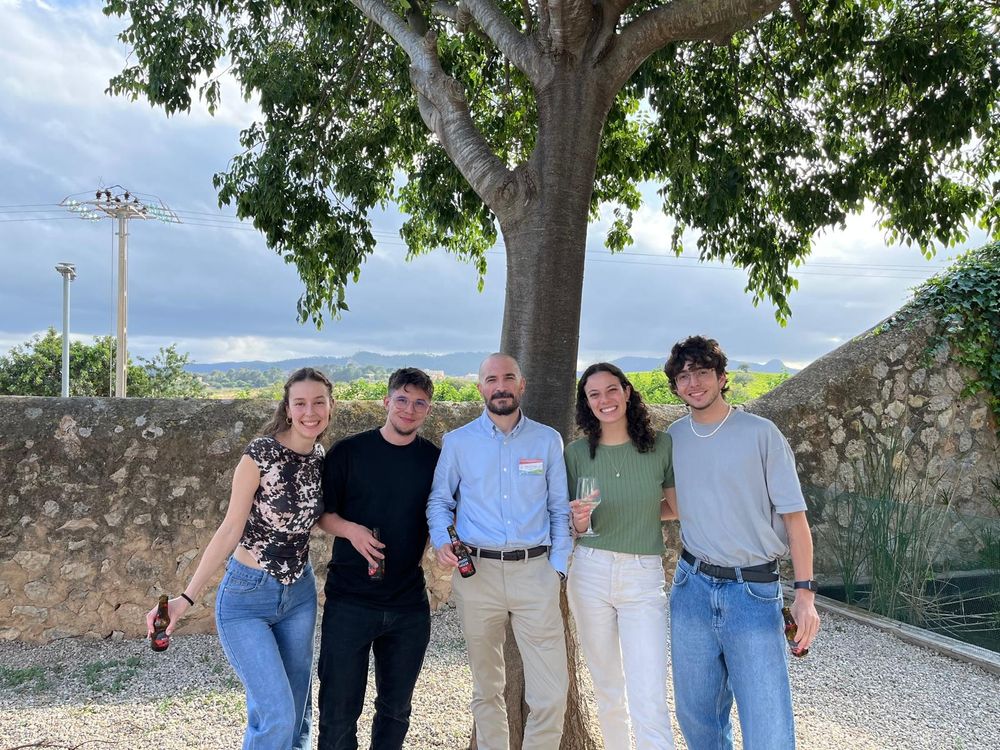


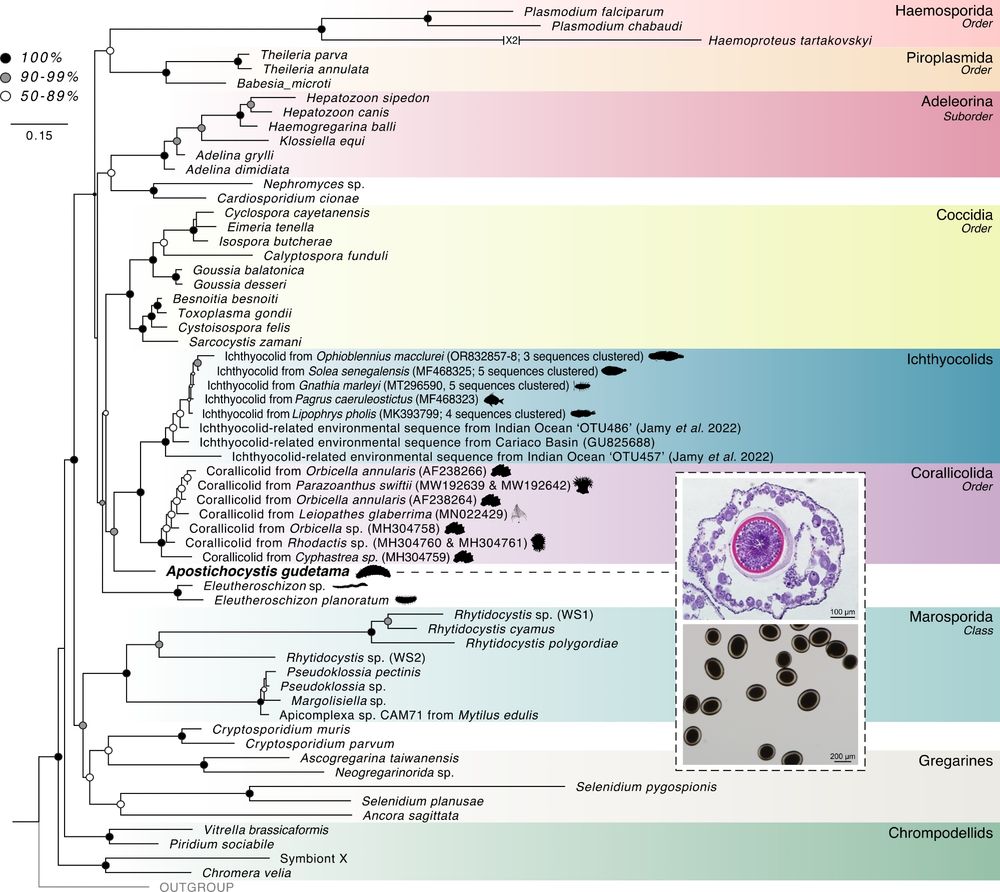
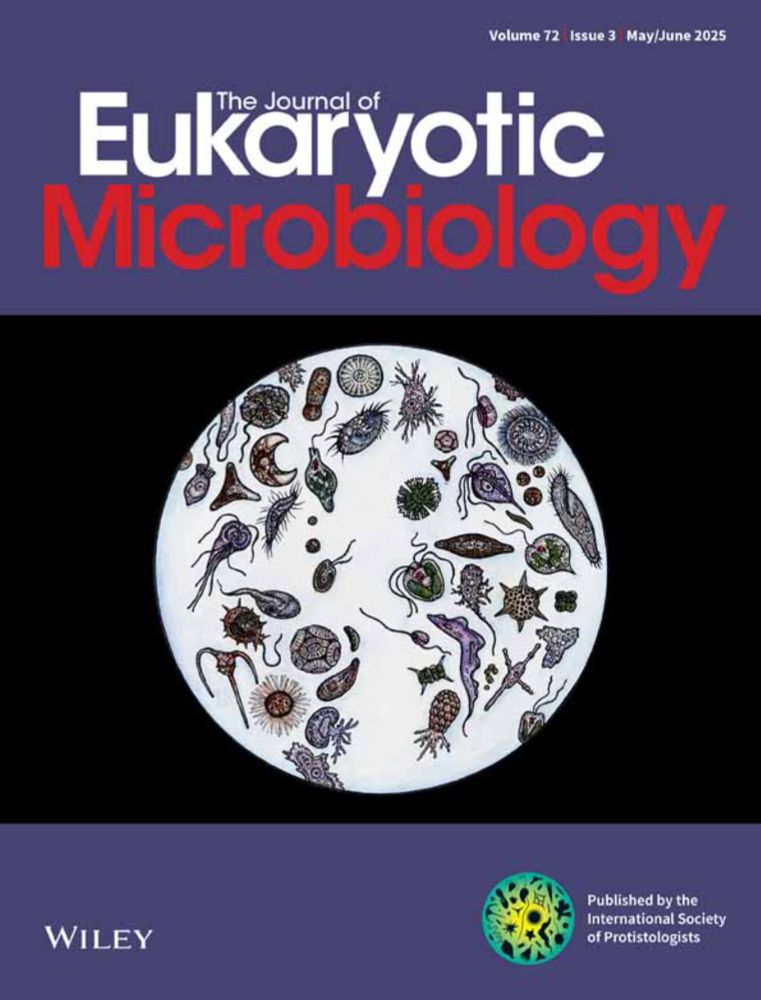
📷 Valigurová et al. 2015
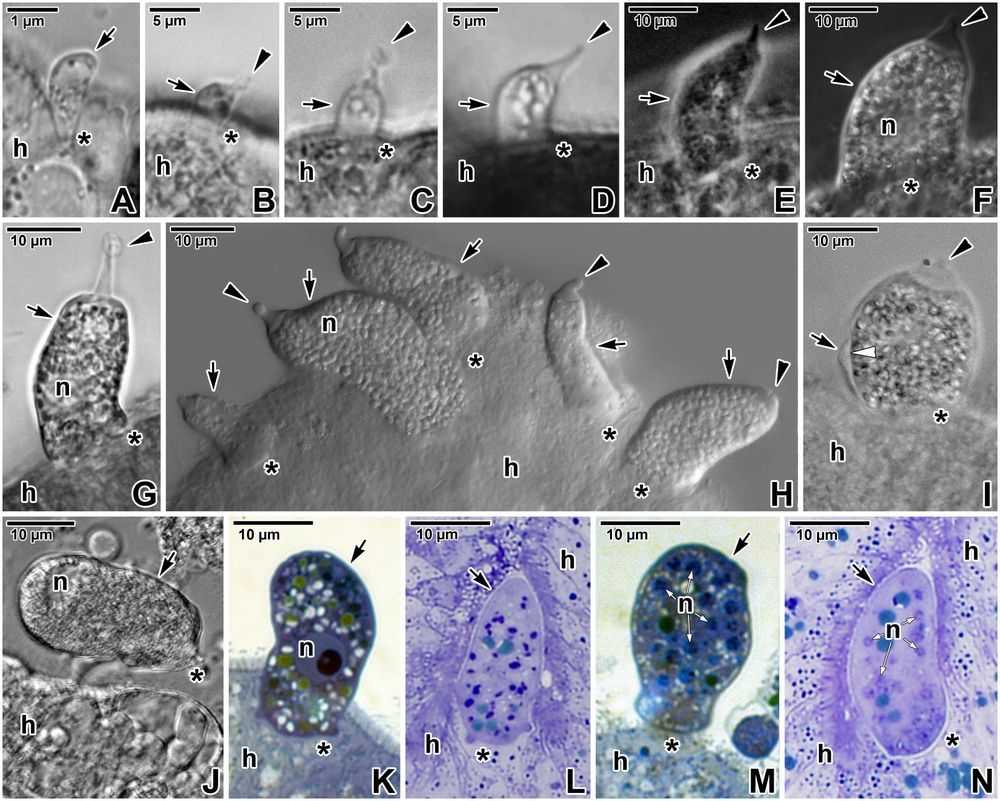
📷 Valigurová et al. 2015
Luckily for us, this #MidweekMicrobe brings in an expert in alternative energy generation: the foraminifera Hauerina diversa🌿 ☀️
📷 François Le Coze
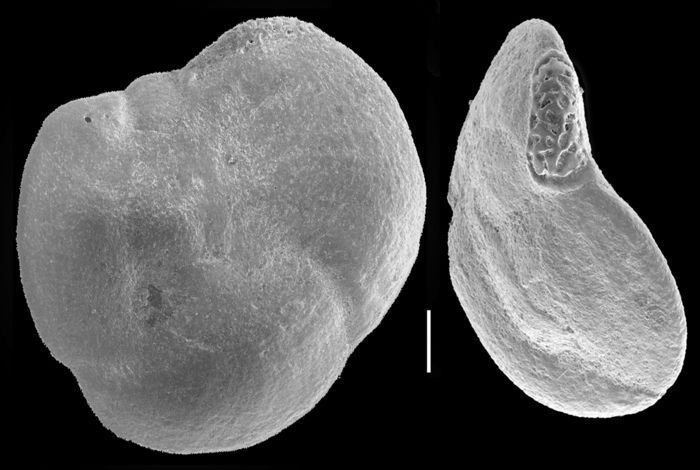
Luckily for us, this #MidweekMicrobe brings in an expert in alternative energy generation: the foraminifera Hauerina diversa🌿 ☀️
📷 François Le Coze
